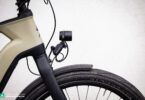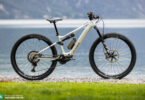Almost invisible: The TQ HPR50 is by far the most discreet mid-drive motor system available on the market, ensuring next-level integration. Furthermore, the unobtrusive assistance is meant to enable as natural an eMTB riding experience as possible. Find out how the TQ HPR50 fared against its direct light e-drive competitors from Bosch and FAZUA, and what type of rider it suits best!
This review forms part of our big ebike motor comparison test. Here you’ll find an overview of all 13 motors in review, along with lots of exciting background information, and helpful buying advice for your next purchase!
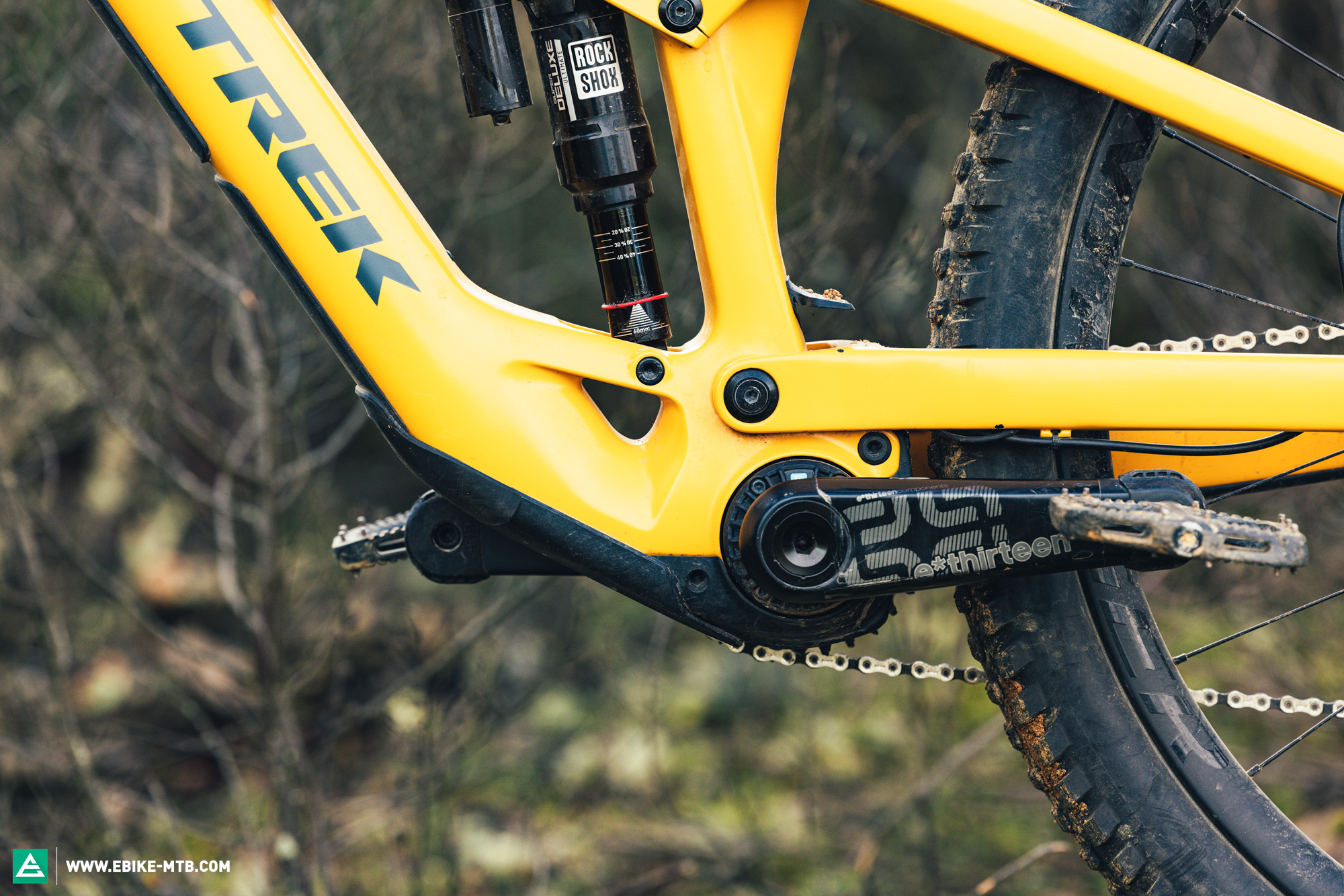
The HPR50 is TQ’s first minimal-assist motor. Knowing that, you might be asking yourself how much the Bavarian manufacturer actually knows about ebike motors. Quite a lot! Back in 2012, TQ launched the HPR 120S, which dwarfed all other motors available at the time, churning out a whopping 120 Nm of torque and 920 watts peak power. But then the German manufacturer realised that size doesn’t always matter, even with eMTBs. The compact TQ HPR50 is the complete opposite. At 50 Nm of torque and 300 watts peak power, it doesn’t even come close to its predecessor in terms of key data, and it’s actually the weakest competitor in our motor comparison test – at least on paper! But that wasn’t the focus for TQ when developing the new HPR50 system – quite the opposite, in fact. Instead, the Munich based tech brand wanted to create a light drive system that delivers a very natural ride feeling. On top of that, the people at TQ – which stands for Technology in Quality – wanted a good understanding of the requirements of bike brands from the outset, which is why they looked for strong partners right from the beginning. American bike colossus Trek also took part in the development process, securing a three-month exclusivity agreement with TQ. Only once that expired were other manufacturers like SCOTT and SIMPLON allowed to integrate the system into their bikes. The TQ HRP50 covers a wide field of applications, allowing manufacturers to redefine its purpose. As a result, the motor has been used in a diverse range of concepts, from nimble downcountry rockets like the SCOTT Lumen eRIDE and trail bikes like Trek Fuel EXe all the way to potent enduro e-bruisers like the SIMPLON Rapcon Pmax TQ. That said, the motor has also found its way into the urban e-bikes and the e-race sector, providing assistance for bikes like the SCOTT Solace eRIDE, which our sister magazine GRAN FONDO tested recently.
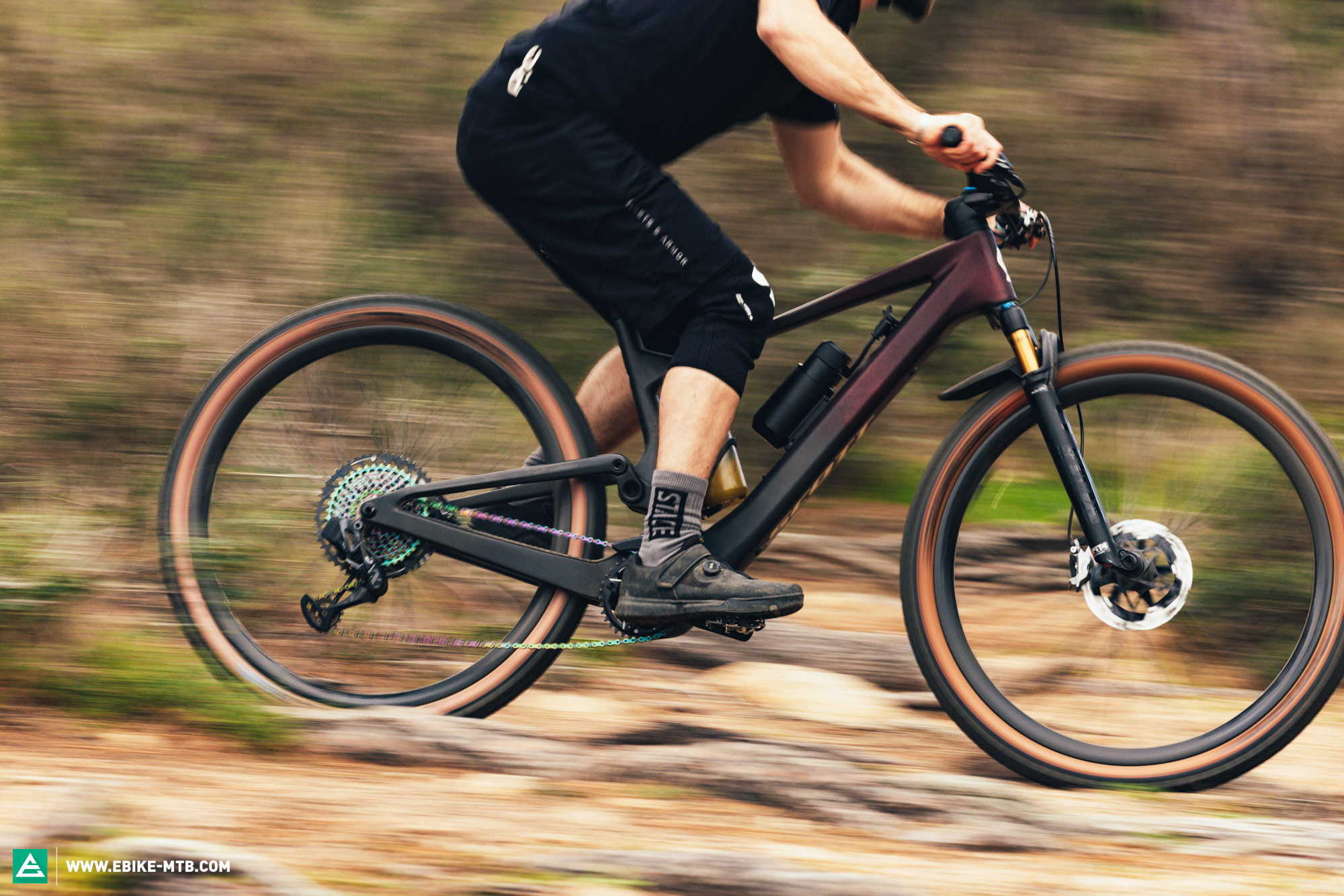
The TQ HPR50 Motor in detail – Keep it clean
At first glance, the TQ HPR50 stands out from the crowd through its compact design. It’s hardly bigger than a fist and one of the smallest light motors ever created, which is possible thanks to its internal construction. Not only does TQ’s patented harmonic pin-ring gear give the motor its name, but also makes the special design possible in the first place. Both the motor and gear can be positioned around the crank axle, and don’t have to be separated, as is the case with other mid-drive motors. Furthermore, the round design gives bike manufacturers plenty of freedom with frame designs. On the one hand, it makes it easier to integrate the motor into the frame and, on the other, it allows them to position the battery low into the frame for optimal weight distribution and a lower centre of gravity. All in all, it’s the most discreet mid-drive motor currently available on the market, thus enabling the highest level of integration possible. As a result, bikes like the SIMPLON Rapcon Pmax TQ and Trek Fuel EXe are almost impossible to tell apart from their analogue counterparts!
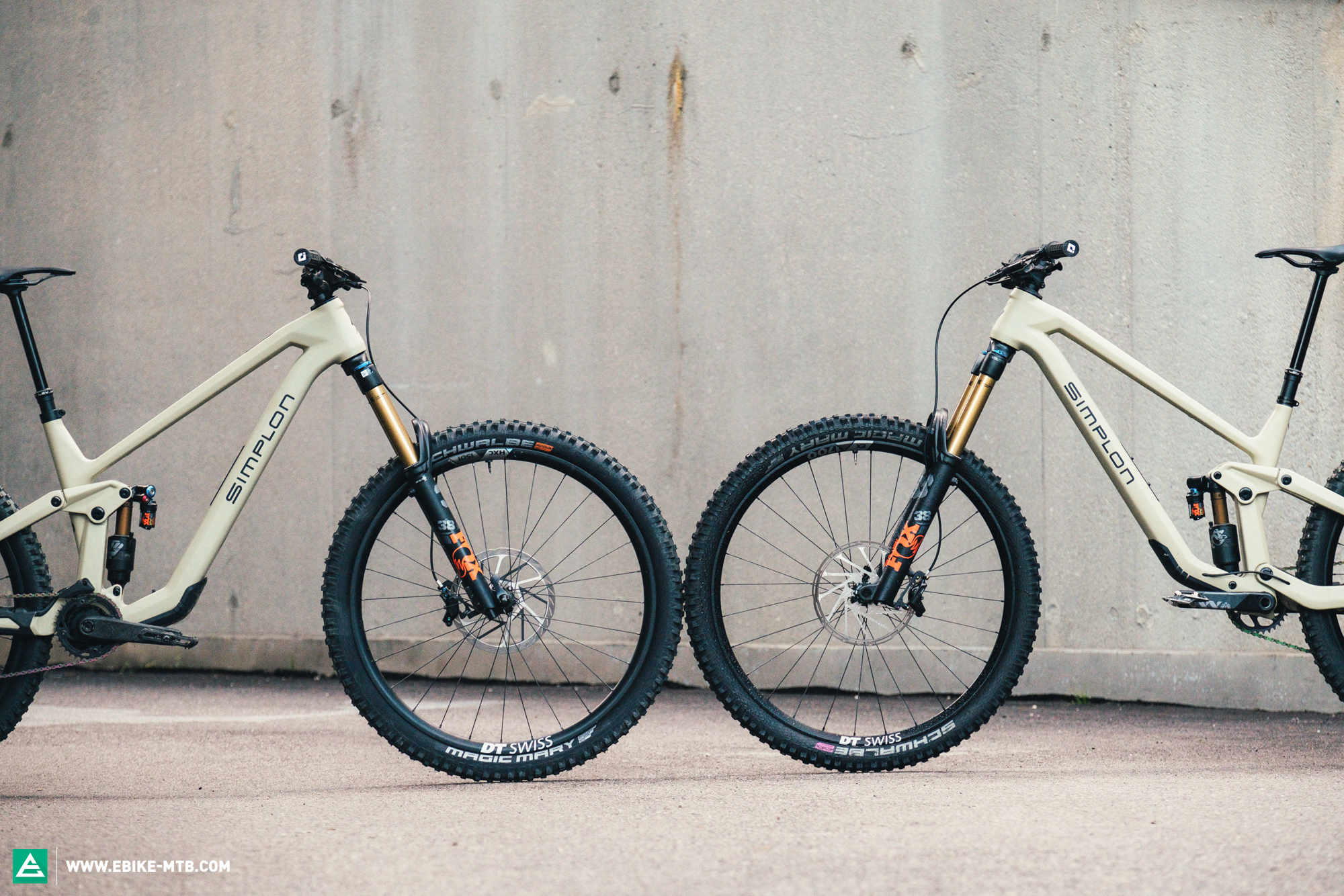
The motor draws its power from a proprietary 360 Wh battery, which is suitable for both integrated and removable battery concepts. TQ have also developed a special 250 Wh battery for ROTWILD, which the German bike manufacturer uses with two of their eMTBs. For long backcountry expeditions, you can use TQ’s optional 160 Wh range extender, which fits into the bike’s bottle cage. All in all, TQ have created a very light motor system, with the core motor components including the battery tipping the scales at 3.65 kg. That’s around 400 g less than a Bosch Performance Line SX or FAZUA Ride 60 drive, but this is mainly due to the fact that TQ’s direct competitors use bigger batteries. On top of that, considering individual characteristics in isolation, such as the weight of the motor system, doesn’t make sense – the overall weight of the bike, the motor’s integration potential and the performance of the bike as a whole are far more important.
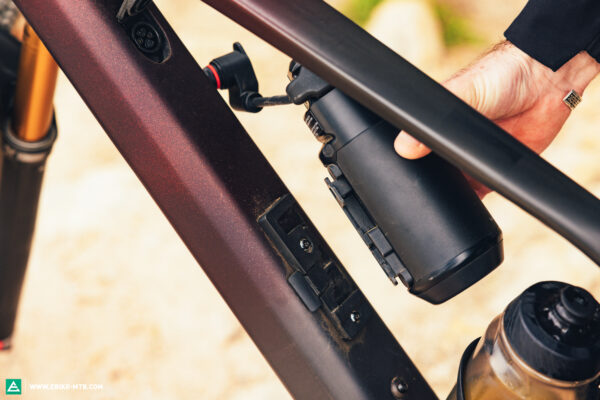
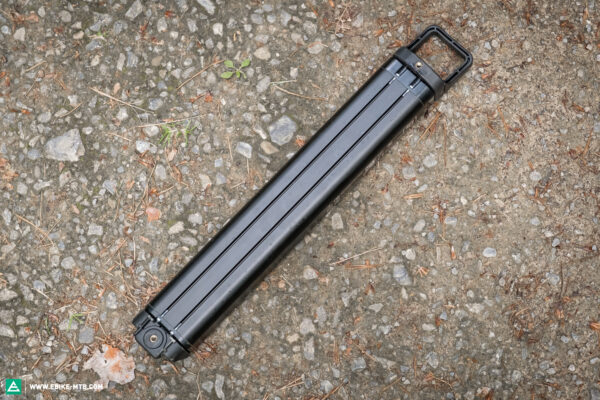
The German manufacturer also develops the motor’s peripheral components. The top tube-integrated 2″ TQ display ensures a discreet look and at the same time excellent readability. The current support level is indicated by a filled circle, which isn’t particularly intuitive, especially when you’re still new to the system. A small button below the 2″ display serves as the main power switch and at the same time lets you scroll between different display views with the most crucial riding data, like the speed, battery charge status (%), rider and motor performance in Watts as well as the remaining distance and riding time in the respective support mode. The support levels and walk mode can be selected via the minimalist handlebar remote, which provides excellent haptic feel and ergonomics thanks to its rubberised buttons – and looks far better than the FAZUA Ring Remote. The display and remote underline the sporty orientation of the TQ HPR50 and that the focus is on the motor’s functionality.

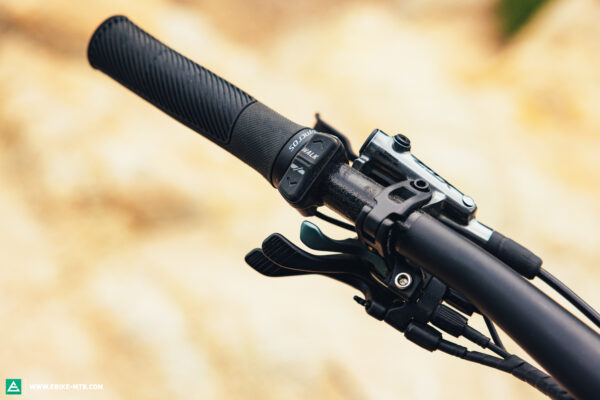
True to their “Keep it clean. Keep it simple” motto, TQ also went down the minimalist route with their ebike app, which is rather rudimentary and doesn’t flood you with an overwhelming amount of information. From here you can adapt the power, support level and pedal sensitivity of the three support modes, Eco, Mid and High. That’s pretty much all you can do with the TQ app, which, unlike many other e-drive apps, doesn’t include a navigation function. That said, there is a more extensive app for the TQ motor system, but this is supplied by Trek, not TQ. The American bike manufacturer integrates motor-specific functions into their Trek Central app, which displays a radius on a map that shows how far you’ll get with the remaining range. In addition, it allows you to monitor the tire and suspension pressure in conjunction with the TyreWiz and AirWiz sensors – awesome!
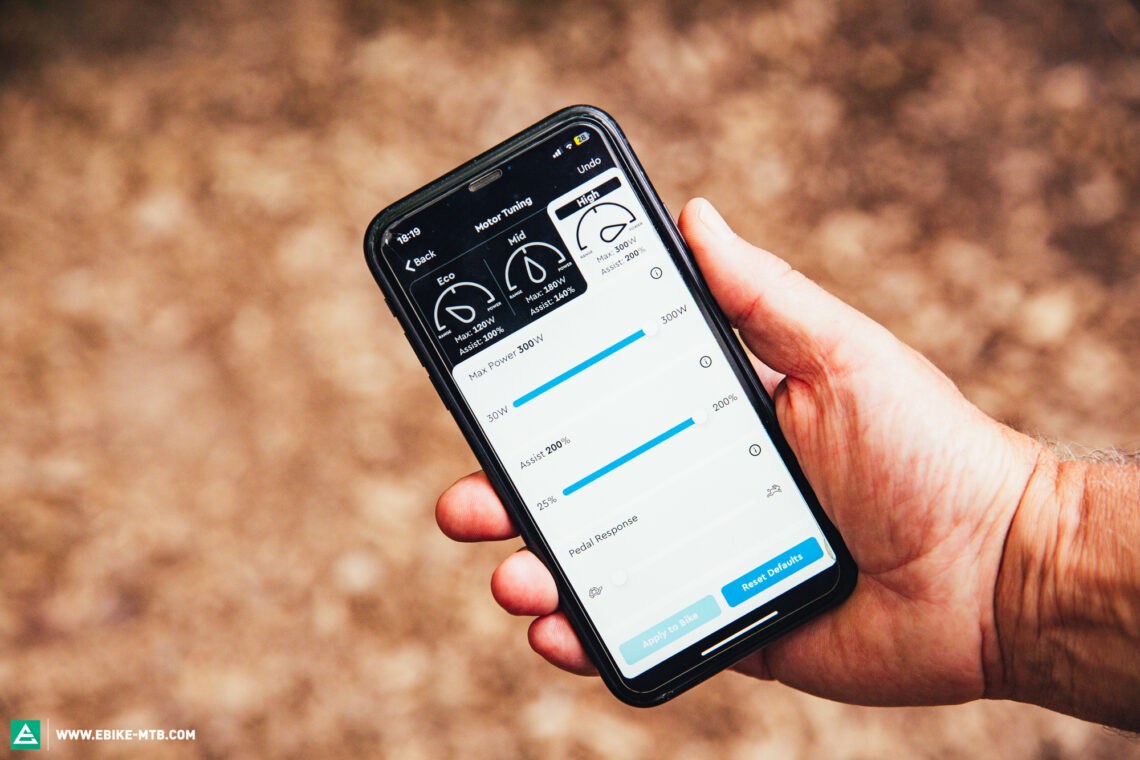
The TQ HPR50 motor in review – analogue or eMTB?
As already mentioned, the TQ HPR50 features three support levels: Eco, Mid and High, and delivers an impressively natural ride feeling even in the standard configuration of the strongest High support mode – not even the very natural Specialized SL1.2 drive can match it! However, that’s partly due to the TQ’s lower level of assistance, which inherently makes it feel more natural. On top of that, the motor engages and disengages incredibly smoothly, which makes it hard to tell you’re even riding an electric mountain bike. In a nutshell, you only realise how much work the motor’s doing when you switch it off. Moreover, the TQ drive provides more support at higher pedalling cadences, meaning that you’ll have to contribute significantly more with your own power than with other light motors. If you get caught by surprise by a climb and don’t have time to shift down a few gears, you’ll have to pedal hard in order to maintain your momentum. Compared to the FAZUA Ride 60 and Specialized SL1.2, the TQ HPR50 requires far more physical effort and a more refined shifting strategy, because the lower torque calls for higher pedalling cadences. With the TQ, you can forget about “uphill flow” and the “shuttle feeling”, which are typical of motors twice as powerful – like the Bosch Performance Line SX. In this respect, the TQ motor is rather limited, enabling significantly less uphill fun and making it harder to tackle technical climbs. The HPR50 is suitable for moderate climbs on fire roads. That said, it still takes the edge off nasty ramps and also allows you to reach the trailhead faster, without completely detracting from the training effect. If you run out of battery, you’ll get home without any problems, with the motor’s low mass and imperceptible internal resistance ensuring a more pleasant experience.


In-keeping with its discreet appearance, the TQ HPR50 works away quietly in the background, making hardly any noise while riding. TQ’s mid-drive motor is so pleasantly quiet that the faint whirring sound is quickly drowned out by surrounding ambient noises. Stalking your analogue mates without being caught has never been easier! Unlike the FAZUA Ride 60 and Bosch Performance Line SX, the TQ HPR50 doesn’t keep up with full-power motors – unless you’re as fit as a fiddle! For heavy riders, we recommend taking a closer look at the more powerful Bosch SX system. So far, we’ve had a couple of technical issues with the TQ HPR50, but never a complete conk out like with the FAZUA Ride 60.
Our conclusions about the TQ HPR50
With its natural ride feeling, the TQ HPR50 provides a riding experience similar to that of an analogue MTB, which also means that it’s significantly weaker than other light motors, requiring more input from the rider. Needless to say, this results in a narrower range of applications. However, the TQ still takes the edge off nasty climbs and is a good work-out alternative. On the other hand, if you tend to climb a lot and are looking for the distinctive shuttle feeling, you might be better looking elsewhere. In terms of integration, the HPR50 is still the benchmark, making it hard to distinguish a TQ bike from an analogue mountain bike.
Tops
- Near-seamless integration
- High quality look & feel
- Very natural ride feeling
- Super quiet
Flops
- Uphill flow is a foreign concept
- Fairly narrow range of applications compared to other light motors
For more information, visit tq-ebike.com
The test field
For an overview of our big ebike motor comparison test click here
All ebike motors in test: Bosch Performance Line CX (Click for review) | Bosch Performance Line CX Race (Click for review) | Bosch Performance Line SX (Click for review) | Brose Drive S Mag (Click for review) | FAZUA Ride 60 (Click for review) | GIANT SyncDrive Pro2 (Click for review) | Panasonic GX Ultimate (Click for review) | Pinion MGU E1.12 (Click for review) | Shimano EP801 (Click for review) | Specialized SL 1.2 (Click for review) | Specialized 2.2 (Click for review) | TQ HPR 50 | Yamaha PW-X3 (Click for review)
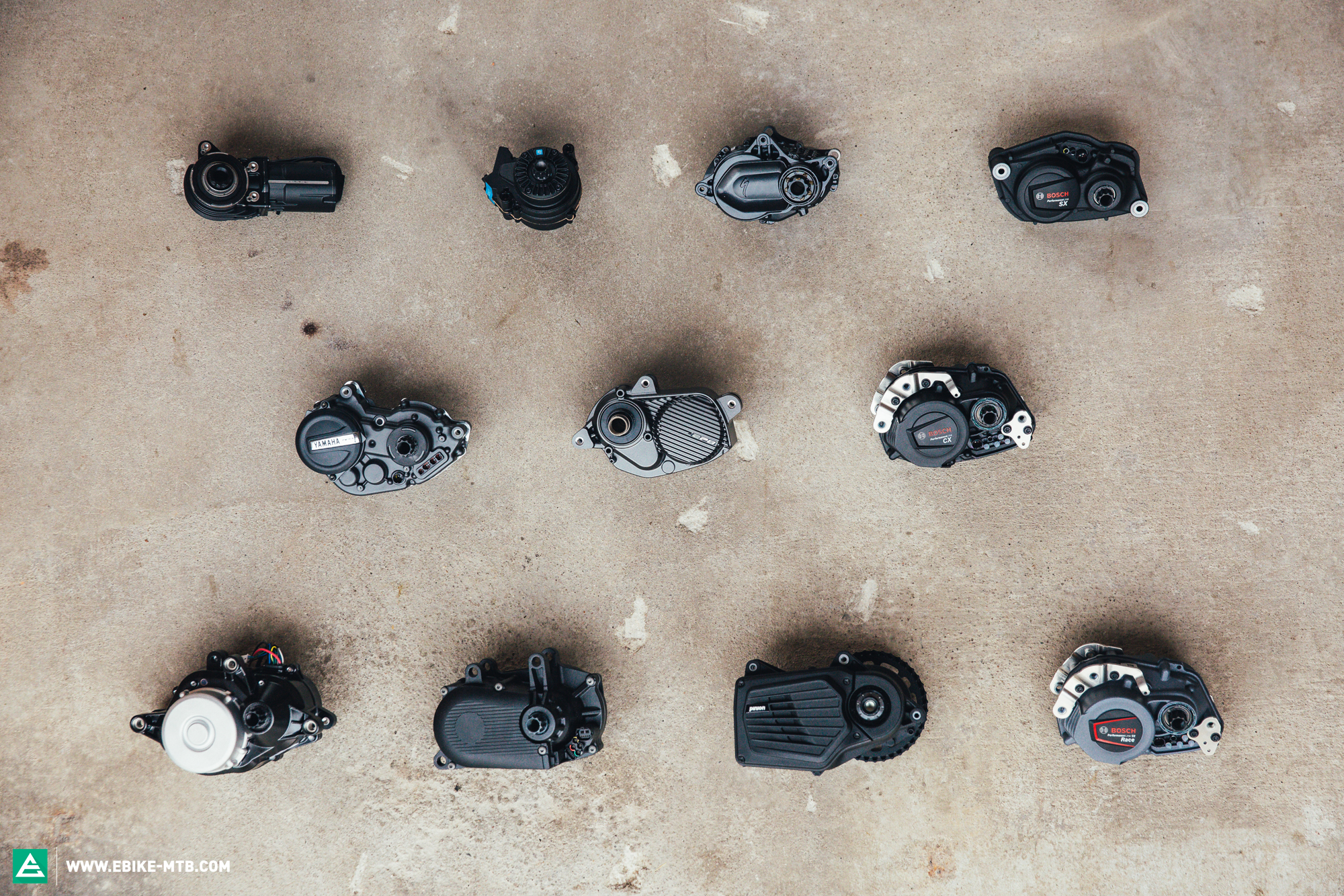
Did you enjoy this article? If so, we would be stoked if you decide to support us with a monthly contribution. By becoming a supporter of E-MOUNTAINBIKE, you will help secure a sustainable future for high-quality cycling journalism. Click here to learn more.
Words: Mike Hunger Photos: Various




